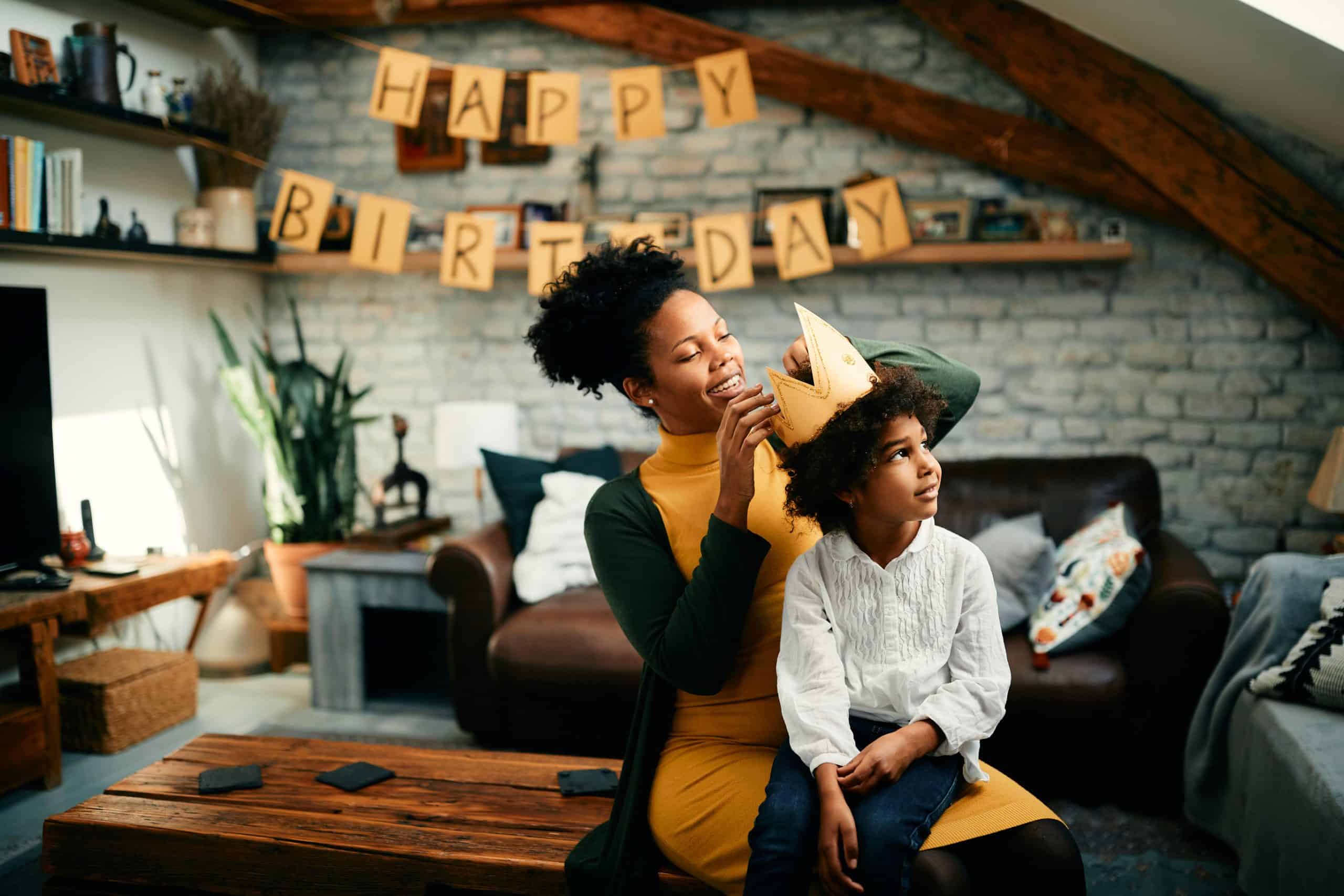What Are the Effective Steps for Creating a Home Disaster Preparedness Kit?

In a world where the unexpected could occur at any moment, one cannot overstate the importance of being prepared. When we talk about preparedness, it’s not merely about having an escape plan; it’s also about having an emergency kit capable of sustaining your family until help arrives. Food, water, and essential items are all part of this kit. This article will guide you through the essential steps needed to create your home disaster preparedness kit, to ensure you and your family could weather any storm.
Determining What Your Kit Will Need
Before you can start gathering items for your emergency kit, it’s crucial to understand what you will need. This depends on several factors, such as the number of family members, any specific dietary needs or medical conditions, and the types of emergencies you are most likely to face.
A lire également : What’s the Ideal Setup for a Home Crafting Studio for Jewelry Making?
For instance, if you live in an area prone to hurricanes or floods, having waterproof supplies and an inflatable raft could be beneficial. On the other hand, if you’re in a region susceptible to earthquakes or wildfires, you might need different items. Therefore, you must tailor your emergency preparedness kit to your specific needs and circumstances.
Gathering Food and Water Supplies
When it comes to food and water, these are perhaps the most vital components of any emergency kit. Experts recommend having at least three days’ worth of food and water for each member of your family. This means that for a family of four, you should have on hand at least 12 days’ worth of food and water supplies.
Sujet a lire : How to Design a Multifunctional Mudroom with Space-Saving Features?
In terms of what types of foods to include, focus on non-perishable items that do not require refrigeration or cooking. Canned goods, dried fruit, nuts, and energy bars are good options. Remember to include a can opener if your food items require one.
For water, you will need about one gallon per person per day. This accounts for both drinking and hygiene needs. It may be beneficial to store water in different sizes of containers, from smaller bottles for easy transportation to larger jugs for use at home.
Assembling Essential Items
Once you have your food and water supplies, focus on gathering other essential items. This includes first aid supplies, personal hygiene items, blankets, and clothing. A battery-powered or hand-crank radio can be instrumental in keeping you updated with the latest information during a disaster.
In addition, consider including essential documents such as copies of identification, insurance policies, and medical records. These can be invaluable in the aftermath of a disaster when you may need to prove your identity or make insurance claims.
Creating Your Home Disaster Plan
Having your emergency kit is only one part of the equation. The other part is knowing what to do when disaster strikes. Develop a home disaster plan that outlines how you and your family will respond to different types of emergencies. This should include evacuation routes, meeting points, and communication plans.
Remember to involve all family members in creating and practicing this plan. Regularly reviewing and updating your plan will ensure that everyone knows what to do when an emergency happens.
Maintaining Your Emergency Kit
After assembling your emergency kit, you may think your job is done. However, maintaining your kit is just as important as creating it. Regularly check your food and water supplies for expiry dates and replace any expired items. Test batteries and update any necessary documents.
By doing this, you ensure that your emergency kit is ready to go when you need it the most. In times of disaster, your preparedness can make the difference between panic and calm, and between despair and hope.
While it’s never pleasant to consider the worst-case scenarios, having a well-stocked emergency kit and a solid plan can provide peace of mind. Plus, the act of planning and preparing can help you feel more in control and less fearful about potential disasters. So, take the time today to create your disaster preparedness kit – it’s an investment in safety and security for you and your family.
Staying Informed about Emergency Preparedness
Understanding and staying updated about emergency preparedness is another essential aspect of creating a home disaster preparedness kit. The world of emergency management is constantly evolving with new research and technologies that can make disaster response more efficient and effective. Various resources like ready gov, red cross, and other non-profit organizations provide a wealth of information that can help you understand what to include in your emergency kit.
One such resource is the weather radio. Many experts recommend having a NOAA weather radio in your emergency kit. These radios broadcast continuous weather information directly from the nearest National Weather Service office. During severe weather, these radios provide immediate alerts for any dangerous conditions in your area.
In addition to staying informed about the latest in emergency preparedness, it’s also crucial to understand the specific risks associated with your area. Different geographical areas face different types of natural disasters – hurricanes, earthquakes, wildfires, tornados, floods, etc. Therefore, knowing the kind of natural disasters most common to your area will help you tailor your preparedness kit accordingly.
Understanding the needs of older adults and other family members with special requirements is also essential. For instance, if you have a family member with a medical condition, you should include any necessary medications and medical supplies in your emergency kit.
Finally, don’t forget about your pets. If you have pets, their needs should also be considered when assembling your emergency kit. Include items like pet food, water, medication, and other essential pet supplies.
Conclusion: Be Prepared, Not Scared
In conclusion, developing a comprehensive disaster readiness plan and an effective emergency supply kit can provide you with the confidence and peace of mind necessary to navigate through any emergency situation. While the process may seem daunting, taking it step by step can make it more manageable. Start by assessing your family’s specific needs, then begin gathering your supplies. Focus on the essentials first – food, water, and essential items – before moving on to other elements.
Remember that preparedness goes beyond just having a kit. It involves staying informed about emergency management practices and your area’s specific risks. It’s about creating and practicing an emergency plan with all your family members, including the older adults and pets. Regular maintenance of your kit is also crucial to ensure it remains useful when needed.
In the words of the American Red Cross, "Disasters can happen at any time and any place. But having a preparedness plan and a well-stocked disaster kit can make all the difference." So, don’t wait. Start your journey to emergency preparedness today. After all, it’s better to be prepared and never need your emergency kit than to need it and not have it. Remember, when it comes to disaster preparedness, the goal is to be prepared, not scared.
